As caregivers or health workers, one of the worst fears may be that the person with Dementia will accidentally get lost or purposely leave a house or facility, not be able to find his or her way back home and then become endangered. Can you let someone with Dementia go outside independently? Is that still safe? These are frequently asked questions from informal caregivers and professional caregivers. How do you ensure that your loved one retains his or her freedom without it becoming unsafe? Is the use of Domotics the solution?
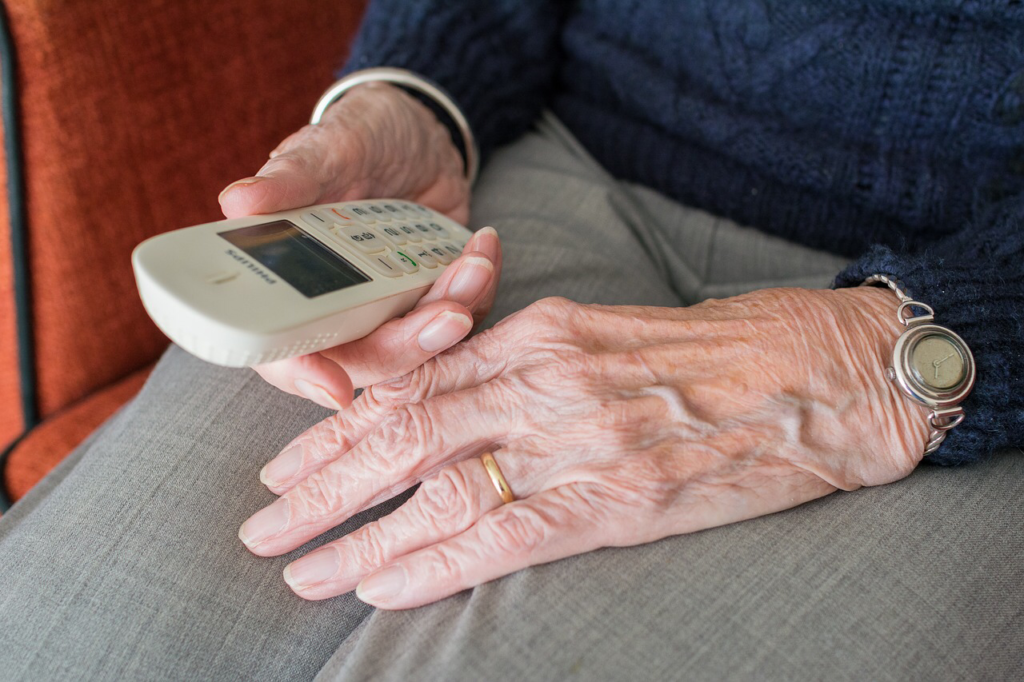
Safety and risks
“A patient with Dementia has always been an outsider. When he moves to the nursing home, his daughters ask if he can walk independently on a daily basis. Some Health care providers find it exciting: maybe he is walking in the ditch or under a car! His daughters, however, say rather he dies in the harness, then caged in a nursing home.”
Safety has to do with risks and risks cannot be excluded in life. Total safety is, therefore, an illusion. There are, however, situations in which risks can become smaller or larger. With Dementia, this is often the case.
All kinds of risks present themselves, whereby your family member must be protected against the other person or himself. On the other hand, safety is not everything. Choosing safety can be at the expense of other things that are important in the life of your loved one or patient. For example, the freedom to independently go on a detour.
Initiatives to go out alone safely
Sometimes situations arise in the home, or in the nursing home, where it seems no longer safe to let your family member go outside independently. If you limit your loved one to such a degree in his or her freedom, safety must actually be at stake.
It is not for nothing that more and more initiatives are emerging to give your loved one with Dementia as much freedom of movement as possible, also outside the walls of the nursing home. These are initiatives that seek the middle ground between the value of security and the value of freedom.
There are nursing homes that give people the space to leave the nursing home and take a walk through the city, for example. These residents often carry a GPS tracker on them. Sometimes supervision is also used: local residents then participate in a project. If a resident is missing, local residents receive a message on their cell phone. This is how they can look for the missing resident.
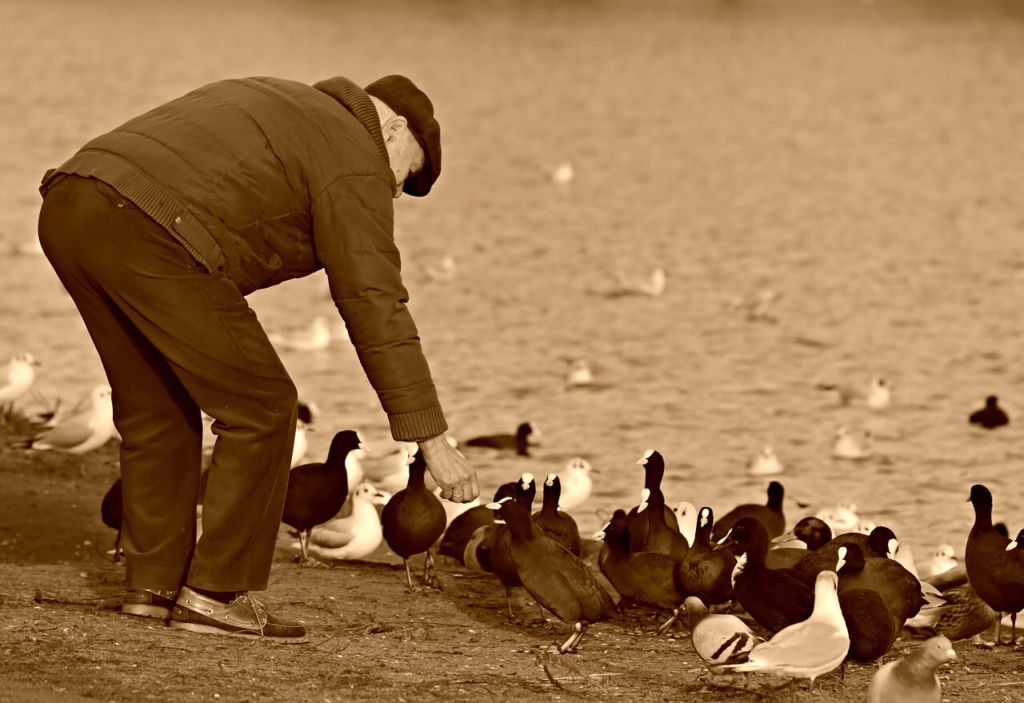
There are also promising initiatives in which people with Dementia are addressed for their learning capacity. Supported by an occupational therapist or physiotherapist, for example, they are taught a fixed walking route. In this way, they can still enjoy the freedom of leaving the nursing home for a walk. At the same time, the risks of getting lost are limited as much as possible.
What would you do?
People who need care and want to continue living independently are becoming increasingly dependent on Domotics. However, it has proved difficult to find financing in practice. The reason for this is that the various technologies have not yet proven enough added value.
That is because there are many different products and systems present in the healthcare sector. Moreover, its use is only on a small scale. Because the benefits are not yet sufficiently visible, it is often difficult to find financers for new developments. Elimination of those uncertainties should be given priority.
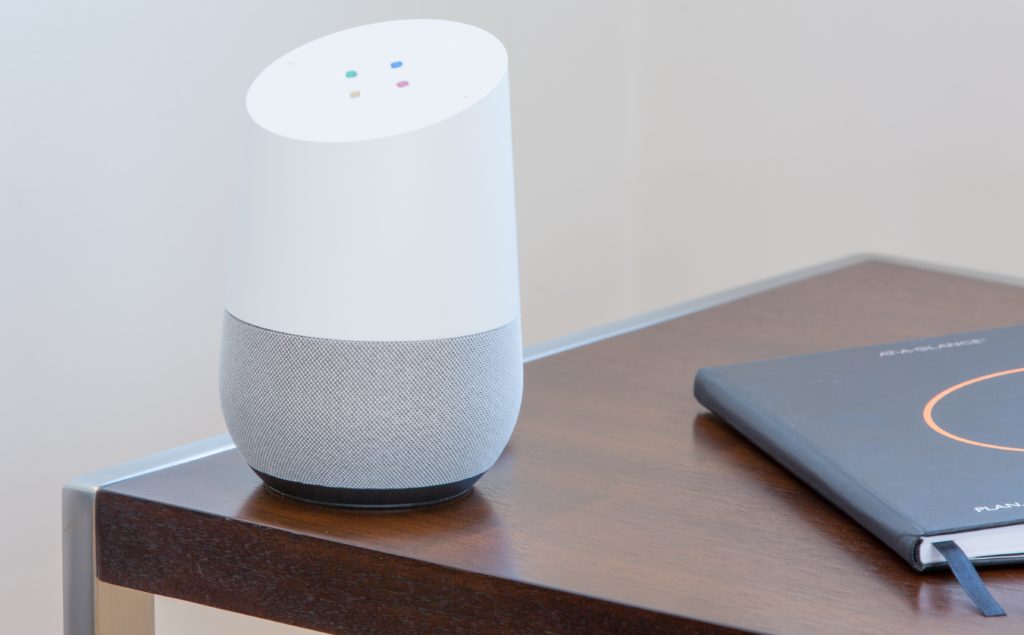
First of all, the term Home automation or Domotics is too vague for many people, people often think of “House of the future”-like solutions, computers, robots, etc. What is the added value of this in a healthcare environment? People prefer to speak of the integration of systems that may or may not already be present in the environment of a patient. This includes lighting, intercom systems, presence registration or motion detectors. By integrating and merging all these aspects, an environment is created in which all technology can be adjusted to a specific situation. Below are some general examples, but as mentioned, care is personal, and every situation is unique.
Motion detectors
Many healthcare providers are already equipped with an alarm system. For such systems, investments were made in motion detectors and door contacts. When the alarm system is switched on and there is movement in a room, the alarm is triggered and a message goes to the control room.
This is proven technology and works well when properly installed. What is often unknown is that such a system can also be of great value when it is not switched on.
The motion detectors and door contacts continue to work even when the alarm system is not switched on; reporting that there is movement, or that a door is being opened.
Information that may be of value to you as a healthcare provider: when linked to a central system that combines information from different sources, patients can be monitored this way, and by smart programming a motion detector can also be used as an “absence detector”; if there has been no movement in a certain room for half an hour, then it might be advisable to check whether everything is still going well.
Cameras
Security cameras, or rather observation cameras, are also installed by many healthcare providers and can be of great value. But here too, these are often self-contained systems, and here too integration is worth serious consideration.
Consider, for example, linking existing alarm buttons to your home automation system, or the aforementioned motion detectors. When the image immediately switches to the correct camera, you can see at a glance whether it is a situation where your physical presence is desired or not.
If you also link an (already existing) intercom, you can reassure a patient at the touch of a button. Efficient and social, because the use of technology in healthcare does not necessarily mean that it is becoming less personal.
Care-specific sensors
A large number of market-specific sensors are used in healthcare. For example, you can think of sensors that monitor the breathing or movement of a patient or detect moisture, for example. Such systems are often supplied as a “stand-alone” system, but in general, the principle of reporting is the same and integration, or merging, is an option. For example, in such a way you can keep track of whether patients are in bed and receive a notification when something happens in that area at night. This can be effective as an observation tool and, perhaps more importantly, you are immediately aware of where personal attention may be needed at that time.
It is a serious thing when an elderly or disabled person falls. They are sometimes unable to get up on their own. Sometimes they aren’t even conscious to alert someone if they’ve fallen.
Image care
Image care is currently the magic word; personal care, whereby time can be used efficiently because patients do not have to be physically visited. With the arrival of the iPad and other tablets, elderly too have become familiar with technologies such as Skype, WhatsApp, and Facetime, as a result of which the technical barrier that previously existed has been removed.
But “image care”, how do you start? Do you need a system specifically for healthcare? Or can you move forward with existing technology? We tend to the latter; image calling is hugely popular, not only in healthcare, and is undergoing an enormous development in which various parties are investing heavily.
Then why not just use this technology? In addition, Skype, WhatsApp, and Facetime are products that young and old nowadays know how to handle, which will make implementation and acceptance easier for both service providers and patients.
Of great importance is that your infrastructure must be in order to guarantee the quality of the communication. Instead, invest in a stable wireless connection and let the major market players develop their technology, which they even offer for free.
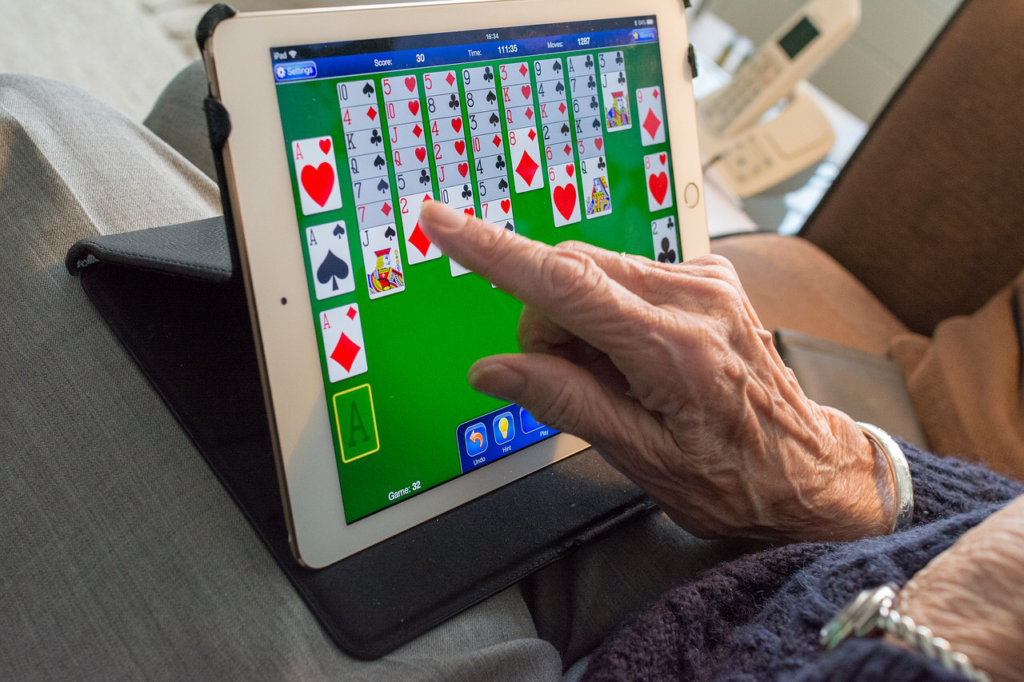
Smart Pill Dispenser Units
There are smart devices that can help alert your family member when it is time to take his or her medication. Some of the advantages of having a smart device are that it can send alerts through an automated system. It can also be sent to a smartphone.
It will keep tabs on the medicine they took and pass that information on to doctors and or family members. Some pharmacies will even automatically place a refill for prescriptions too.
For those who don’t want to bother with a smartphone for their alerts, there are also pill dispensers that have LED lights on them letting him or her know when it is time to take their pills.
You can even lock someone from getting a hold of their next pill until it is time to take it for the worst case scenarios.
A challenge to find the middle way
It is good to realize that these are exciting steps for various stakeholders. It is a challenge for you and your family member, as well as for any healthcare provider involved, to look for those middle ways. Sometimes the risks of (possibly) unsafe situations increase, to the benefit of your patient or family member’s freedom.
That can be quite exciting. For example, if the GPS tracker does not always provide a sufficiently frequent or sharp location, then it may seem as if your loved one or patient is walking on the road, while he or she is walking neatly on the sidewalk. It can also happen that the person with Dementia does not want to turn on the tracker or does it of himself.
Make a good balance
It is important that risks are correctly estimated and that proper agreements are made between themselves. With your loved one, the family and possibly the care manager or other care providers. What risks may be taken? What situations can occur in this regard? Discuss the responsibilities and risks with each other. This way you come together to a middle ground that suits your family member or patient.
If your loved one or patient with Alzheimer’s disease or a different type of Dementia wanders and attempts to leave your home or facility, an option to increase their safety is to place alarms on the doors
You can also try different locking mechanisms such as a latch-up high, but the concern with that strategy is that in case of a fire, the person may not be able to escape safely out of the house.
An alarm can allow the person to attempt exiting through the door but will also alert you to her need for assistance. Alarms can offer you support and reassurance in your efforts to ensure your loved one’s safety so that, rather than feeling that you have to constantly check on him or her, you know that the alarm will sound if she or he suddenly wakes and needs assistance.
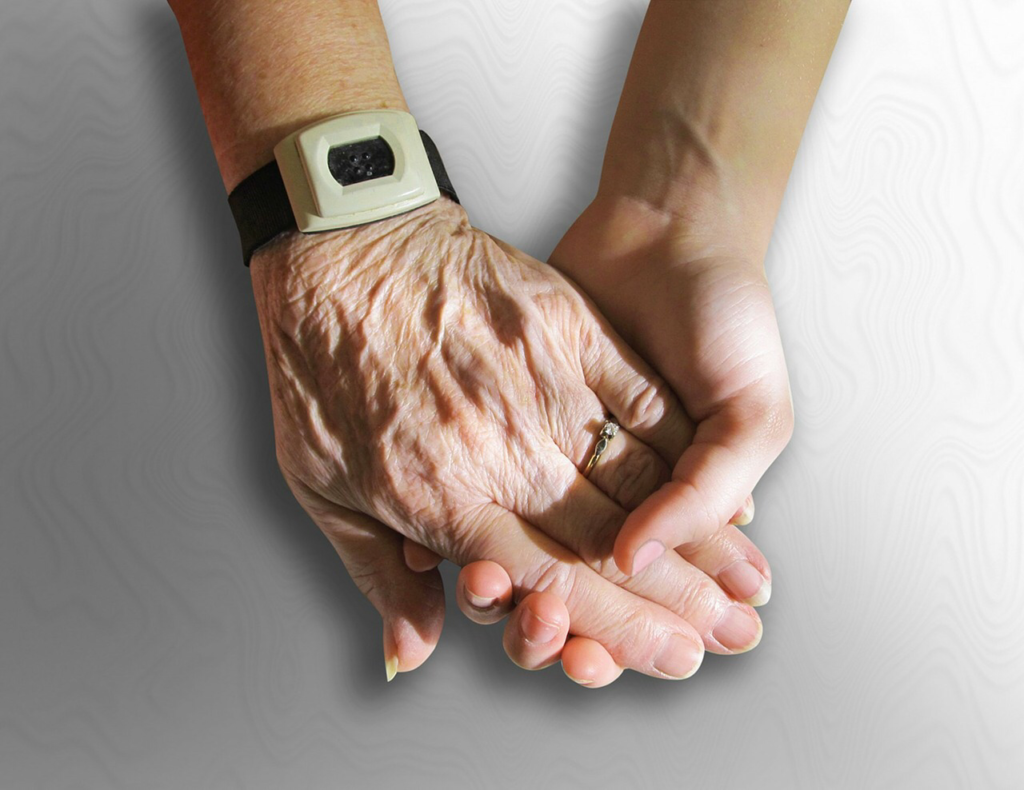
Domotics ensure safety
In addition, there are many Home Automation Systems that ensure the safety of the elderly. Take for example the smart speaker from Google, the Google Home. There is the “Home Again” application where you have to say “Hey, good morning” to the speaker for a certain time in the morning. If you don’t, the speaker will send an alarm message to, for example, the children or family. “
Care Home Automation
Domotics in healthcare institutions is also called Healthcare Home Automation. Domotics is mainly used in healthcare to improve the quality of life of clients and to create a safer environment for them. This is possible, for example, by monitoring residents with cameras and sensors.
First generation
Domotics were intended to support people with disabilities. Examples are stair lifts, wheelchairs and personal alarm systems where an emergency button (wristband or neck transmitter) is pressed when in need. More options and applications have emerged in recent years.
Second generation
Domotics, for example, make use of smart communication techniques and the ethernet (internet). Examples of second-generation home automation are listening systems, motion detectors, fall detectors, cameras and bell mats in bed. Clients can be monitored via camera images.
Third-generation
Domotics is used, among other things, to detect changes in the lifestyle of patients with Dementia.
The use of Domotica offers many advantages. At the same time, we must not forget that they are also a form of freedom restriction. Therefore, they cannot be entered as a “standard”. It is important to handle it with care.
In nursing homes, there are consultations about when the use take place per client, per situation. After all, the privacy and freedom of clients cannot be unnecessarily violated.
Older people more on the move thanks to Home Care Automation
Domotics and other technology can be used to provide more personal care and also to promote self-management and self-reliance. For example, a number of nursing homes work with Live Circles. If a client with Dementia comes outside the circle – a certain number of kilometers – a signal is sent to an employee and/or the local residents.
An advantage is that the fresh air and physical exertion benefit the health of the patient. Patients have more freedom of movement and can, therefore, go outside when it suits them. In this way, nursing homes can better meet the wishes and needs of their clients.

Care Home Automation to combat loneliness among the elderly
The ideal image would be that care workers have enough time for a chat between care moments. Unfortunately, this is often not the case. Many employees in the nursing home are sometimes unable to give extra time and attention to their patients due to the high workload.
There are also elderly people in a nursing home who never receive visitors. The use of care robots to keep people company – to combat loneliness among the elderly – can offer a solution.
Some employees, patients and their families find a robot an asset. Not everyone is of course equally enthusiastic about this. Others are very skeptical about the use of care robots and prefer to chat with people of flesh and blood, who show genuine interest.
It is important to have a clear vision of how healthcare technology can be used. However, home automation cannot prevent a client from falling.
A disadvantage is that the use of home automation in nursing homes can sometimes also create a form of false security. Patients believe themselves to be (wrongly) safe or care workers can become less attentive.
Incidentally, the use of Domotica stands or falls with a good IT system.
When you need more information or tips don’t hesitate to contact us!
